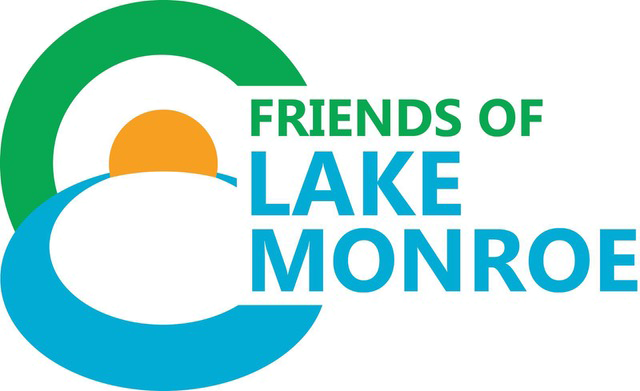Ruling on National Forest Protects Lake Monroe
Monroe County officials and and other plaintiffs are pleased by a ruling by the United States District Court for the Southern District of Indiana that found that the US Forest Service (USFS) violated federal law when deciding to log, burn and apply herbicides to thousands of acres of the Hoosier National Forest that drain to Monroe Reservoir. The “Houston South Vegetation Management and Restoration Project” is located on more than 13,000 acres in Jackson and Lawrence Counties in the Hoosier National Forest. The ruling issued by Judge Tanya Pratt on March 30 found that the USFS violated the National Environmental Policy Act by failing to evaluate the potential impact of the Houston South Project on Lake Monroe and remanded the project back to the USFS to analyze those impacts.The plaintiffs, which include the Monroe County Board of Commissioners, Monroe County Environmental Commission, Dr. Paul David Simcox, Hoosier Environmental Council, and the Indiana Forest Alliance, brought a lawsuit against the USFS in May 2020 for violations of the National Environmental Policy Act (NEPA), the National Forest Management Act (NFMA) and the Endangered Species Act (ESA).Speaking on behalf of the Plaintiff’s group, Julie Thomas, President of the Monroe County Board of Commissioners stated, “We are encouraged by the Court’s decision to uphold our claim against the US Forest Service. By remanding this back to the Forest Service, the Court has recognized the potentially deleterious impact of the Houston South plan on the water supply of more than 120,000 residents.” Jeff Stant, Executive Director of the Indiana Forest Alliance added, “This judgment should guide future plans in the Hoosier National Forest, such as the proposed Buffalo Springs project and the impact it will have on Patoka Reservoir, the water supply for 150,000 people.”Friends of Lake Monroe educated public and government on the project by hosting a public meeting at Monroe Public Library. FLM followed up by joining with more than 400 individuals and environmental organizations in submitting comments to Hoosier National Forest opposing the project and pointing out the failure to adequately address the project impacts on Lake Monroe. The comments that FLM submitted to the Forest Service our posted on our website. A portion of FLM comments to the draft environmental assessment follows.“The Hoosier National Forest (HNF) draft environmental assessment and response to comments failed to recognize the important role that HNF plays as the largest land manager in the Lake Monroe watershed, dismissing with minimal and flawed analysis, public concerns related to the potential impact of the project on the water quality of a municipal water source. The draft EA cumulative effects analysis was incorrectly based on developing a monitoring plan in a sub-watershed of Lake Monroe and did not comply with NEPA directives and public requests to identify and evaluate the potential direct, indirect, and cumulative social, economic, physical, and biological effects of the proposed action and its alternatives, particularly non-point source impacts to Lake Monroe. Citing agriculture as a significant sediment runoff problem (without evidence) does not relieve the USFS from its obligation to consider the proposed action's contribution to non-point source pollution in the currently impaired Lake Monroe watershed and the impaired South Fork Salt Creek watershed. The USFS needs to consider planned or foreseeable public and private logging, burning and herbicide applications in the LM watershed in analyzing the impact of the proposed action along with consideration of:
Logging and oak restoration in the region;
Projected loss of current oak/hickory and maturing forest in the region;
Timber harvest and other activities in the Lake Monroe watershed by IDNR, The Nature Conservancy (TNC), TNC private landowner program and other private timber harvests; and
Development in the project area and the edge habitat created in areas developed since the studies made for the 2006 Forest Plan.
To anticipate these effects, the proposed action should include a schedule of proposed logging, burning, and herbicide activities to compare to other planned or anticipated activities in the watershed.
